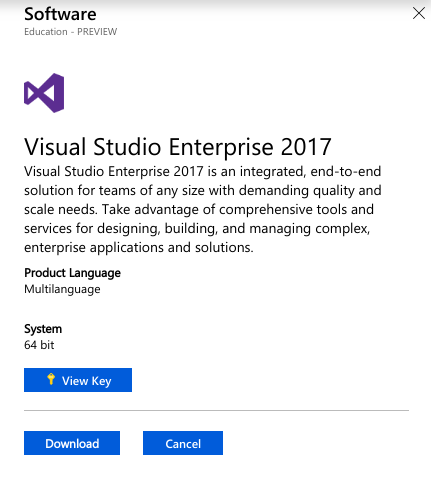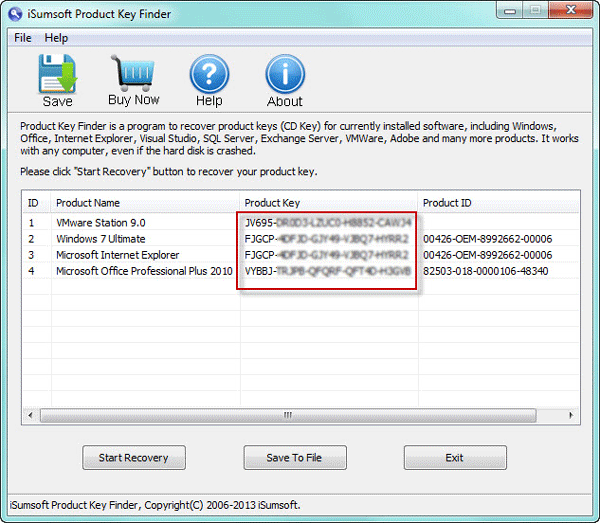

While the Publish instance is the same technology stack as the Author instance, there are some major distinctions with configurations and permissions. The Publish instance is the AEM environment that visitors to your website will interact with. It is also critical test code against a local Publish instance. AEM Sites is a WYSIWYG authoring CMS and therefore most of the CSS and JavaScript can be tested against an authoring instance. This allows you to create new pages as well as add and configure components. When developing most of the time you will be deploying code to an Author instance. The Author runmode is the environment that digital marketers will use to create and manage content. If you are new to AEM, there are two basic run modes can be installed: Author and Publish. All AEM development should start by writing and running code against a local AEM instance. When we refer to a local AEM instance, we are talking about a copy of Adobe Experience Manager that is running on a developer’s personal machine.


Set up a Local AEM Development Environment


 0 kommentar(er)
0 kommentar(er)
